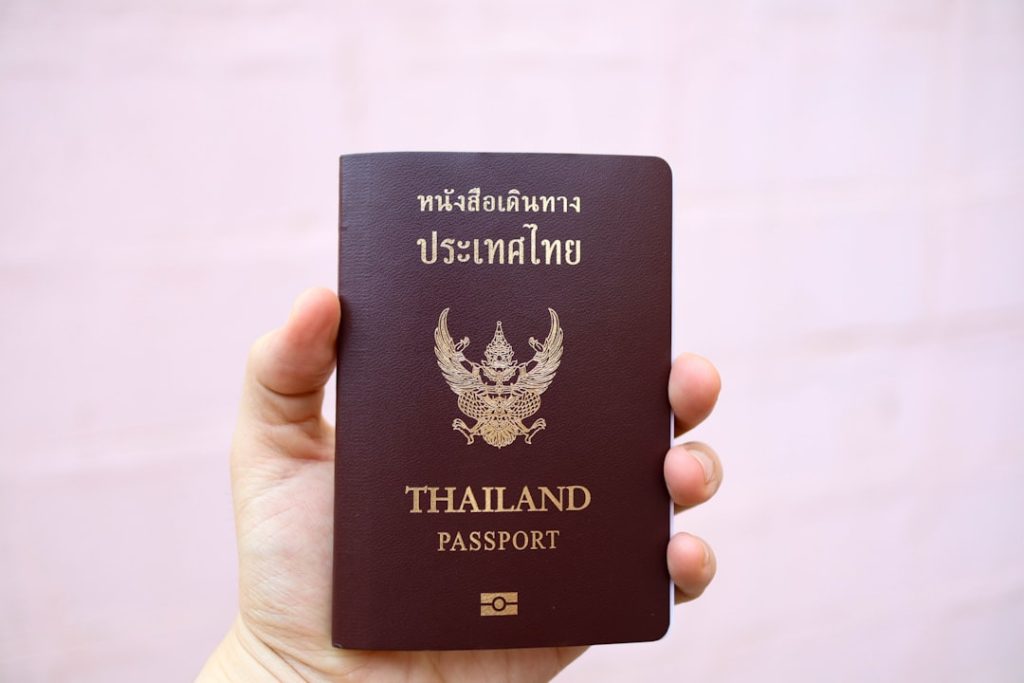As cryptocurrencies continue to move toward mainstream adoption, more people are seeking to purchase digital assets directly using traditional fiat currencies. This process, known as a crypto onramp, provides users with the ability to convert government-issued money—like US dollars or euros—into cryptocurrencies such as Bitcoin or Ethereum. However, many first-time users are often surprised when these onramp services require them to upload a selfie along with a government-issued ID, such as a driver’s license or passport. The rationale behind these requirements lies in legal compliance, fraud prevention, and user security.
Why Crypto Onramps Require Identity Verification
To understand why identity verification is necessary, one must first explore the regulatory landscape in which cryptocurrency platforms operate.
1. Compliance with KYC and AML Regulations
One of the primary reasons crypto onramps require a selfie and a license is to comply with Know Your Customer (KYC) and Anti-Money Laundering (AML) laws. Financial regulations in most countries mandate that financial institutions, including cryptocurrency exchanges and service providers, must verify the identity of their users to detect and prevent money laundering, terrorist financing, and other illicit activities.
KYC processes typically include:
- Collecting personal information such as full name, address, and date of birth
- Uploading a government-issued ID for identity proof
- Taking a selfie to match the user with the ID
These measures help ensure that users are who they claim to be and are not using false or stolen identities to engage in fraudulent behavior.
2. Enhancing Platform Security
A verified identity helps strengthen the overall security of the platform. Requiring a license and a selfie discourages bad actors from creating fake accounts or attempting to hack into other users’ accounts. With verified identities, platforms can set up more secure withdrawal protocols and recovery options in case of account compromise.
It also allows customer support teams to offer faster, more personalized assistance since the user can be easily identified and verified if needed.
3. Protecting Users from Fraud and Theft
The requirement for user verification isn’t just about compliance or protecting the platform—it also benefits the users themselves. With billions of dollars in digital assets stolen or lost due to fraud, scams, and phishing attacks, it’s critical that exchanges and onramps ensure only legitimate individuals are transacting through them.
Using a selfie and ID adds an extra layer of authentication, making it significantly harder for malicious actors to impersonate someone else or access another person’s account illegally.
The Role of Biometrics in Modern Financial Services
Biometric data, such as facial recognition, has become an essential tool in securing digital transactions. This technology allows platforms to verify that the person submitting an ID is, in fact, the individual it belongs to. By asking for a real-time selfie, platforms can compare it against the ID image using facial recognition algorithms while also confirming that a live person is present during the transaction.
This technology offers enhanced fraud protection, reducing the risk posed by stolen IDs or deepfake attempts.
Global Regulatory Pressure
Governments and regulatory agencies around the world are placing increasing pressure on crypto platforms to enforce tighter identification measures. Failing to comply can lead to hefty fines or shut down operations altogether. As crypto is now frequently linked with cross-border payments and alternative finance methods, the risk of misuse by criminal entities has alerted regulators to enforce stringent policies.
Looking Ahead
While it may seem intrusive to have to send a selfie and a driver’s license just to buy cryptocurrency, the regulatory landscape makes such measures inevitable. These steps not only ensure legal compliance but also protect platforms and users from fraud, identity theft, and misuse. With enhanced digital identity standards becoming common across industries, crypto onramps are aligning themselves with broader financial norms to ensure a safer, more trusted ecosystem for all users.
FAQ
-
Q: Is it safe to upload my selfie and ID to a crypto onramp?
A: Reputable platforms use secure, encrypted methods to protect personal data and comply with privacy laws such as GDPR and CCPA. Be sure to choose well-known providers with transparent security practices. -
Q: Why isn’t an email address enough for verification?
A: Email addresses can easily be faked or hacked. Government-issued ID and biometric verification help ensure each user is a unique, real person. -
Q: Do all crypto platforms require KYC?
A: No, some decentralized platforms operate without KYC, but most fiat-to-crypto onramps and centralized exchanges must comply with legal regulations requiring identity verification. -
Q: Can I use any form of ID?
A: Most platforms accept passports, driver’s licenses, and national ID cards. The accepted forms of ID can vary by region and platform. -
Q: How long does identity verification take?
A: Depending on the platform and verification systems, it can take anywhere from a few minutes to 24 hours.

